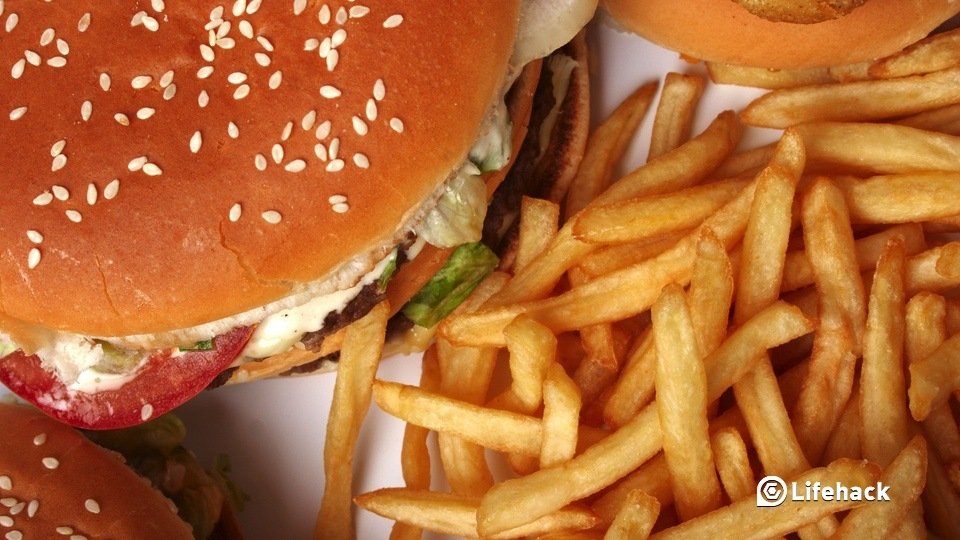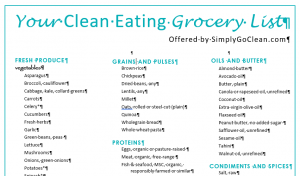
Stuffing is another term for a filling meal. This is a mixture of herbs, spices, and starches that is used to fill the cavities of other foods. You can stuff many different foods, including seafood, meats, and poultry. Here are some examples. Let's examine each type and see how they are used. How can you make them? How can they be used to make delicious meals?
First, consider the amount of protein you should eat. Certain types of carbs and proteins can make you feel fuller longer. High-protein meats may be your best choice for weight control because they have a high protein content. The fiber in legumes is high, so you will feel fuller longer. Lentils are an excellent example of a filling food. One cup of lentils contains 230 calories, 15.6g of fiber, and nearly 18 grams protein.
You can also eat foods high in omega-3 fatty acid. These fats might increase your feeling full. Research has shown that fish is more filling than other protein sources. It is generally believed that liquids are less filling but soups have been proven more satiating than foods. Participants were asked to choose between two types of soup and a traditional meal. They were then asked to report on how full they felt and how fast the food left them.
Other than low-calorie foods, high protein filling foods like chicken, prawns (broccoli, etc.) are also available. These can be very satisfying and keep you full for a while, even though they may have a high calorie count. Although they can fill you up, they are low in calories and can be paired nicely with vegetables to help keep you fuller for longer. Regardless of the type of protein you consume, you can rest assured that they are low-calorie, and they will help you lose weight.
Most filling foods are high-fiber and protein-rich. These foods also have low calories, meaning you can eat a lot of them without feeling deprived. These three foods are the most nutritious and filling when dieting. These foods are high in fiber and low in calories. They also have high levels of protein, high quality nutrients, and high amounts of protein. You can find these in all kinds of grocery stores and health food markets.

Fatty fish can be a good choice for a diet. Fatty fish is high in fiber and can help reduce hunger and overall calories intake. However, it can be difficult to get used to a new diet plan if you're already eating the same kinds of food regularly. There are many creative ways to prepare healthy, filling foods. These foods can be enjoyed for longer than the original time, even though you can eat them all.
Potatoes are one the most nutritious foods. A study found that boiled potatoes have seven times the fiber content of croissants and are therefore ranked seventh in the satiety index. White bread, lean beef, and beans are other filling food options. Those with high-fiber content tend to be healthier options than fatty, processed varieties. Boiling potatoes can be enjoyed without guilt.
Almonds are an excellent filling food that can also be used as a quick pick-me-up after a workout. Almonds' high fiber content and plant-based proteins help people feel fuller for longer. They are also a great choice for trail mixes. For an extra treat, mix nuts with cacao nibs (or gojiberries) for a tasty combination. Last but not least, a filling meal is one that is low-calorie and high in fiber.

Eggs are another favorite food that is filling. They are high in protein and low in calories. They are a good choice for both an afternoon snack and a breakfast. They are healthy and filling. You can use them as a quick meal or for lunch. Baked beans can be a quick, filling snack. You can also try Greek yogurt with some fruit slices.
FAQ
How long does learning to cook take? How long will it take me to learn how?
It depends on the skill level. Some people can learn basic cooking techniques in as little as a week. Others might take months or years before they feel confident enough to teach themselves how to cook.
The time taken to learn to cook will depend on who you ask. Someone who has never been to the kitchen before might need more time than someone who does it regularly. You may also need more experience with certain types of cooking than others. Baking, for example, requires more experience than frying.
Learn a technique to increase your ability to cook quickly. Once you are proficient in that technique, you can move onto the next one. You don't need to worry about how many days or weeks it took to learn how to cook. Keep practicing and enjoying the process.
What does it take to become a chef in the United States? What Is the Average Career Path?
A chef's career takes about five years. During this time, you will study basic cooking techniques and gain experience working as a kitchen assistant. You can apply for line, sous or executive chef positions after you complete your training. The average annual salary for a professional chef is between $25,000 and $60,000
How do I learn about cooking and baking?
All over the country, cooking classes are offered. There are many schools that offer courses in pastry, baking, and wine tasting. If you want to learn more about cooking, you can enroll in a class at a local community college or vocational school, or attend one offered by a private institution.
How do you become a chef?
There are many avenues to become a professional chef. A course at a local community college or vocational school is a good place to start. You can then look into going to culinary school. Finally, you can take a paid internship.
Can I learn how to cook together with my children?
Yes! Yes! Kids love helping in the kitchen. It's a great way to teach responsibility and teamwork. Children can help with everything from washing vegetables to chopping onions. They will enjoy helping you to cook if your children are safe with knives.
Statistics
External Links
How To
How to make a perfect eggroll
Omelets is one of my favourite breakfast foods. But how do you create them perfectly? I have tried many different recipes and methods, but none of them work. So I wanted to share some tips and tricks so that you can make delicious, fluffy omelets every morn.
It is important to know that eggs can be temperamental when making omelets. You must get them fresh, organically, and keep them cold until you cook. The yolks and whites will not form properly if they aren't kept cold enough. This can make your omelets look bizarrely colored. If you intend to cook your eggs immediately, it's best to use room-temperature egg.
Another tip is to separate your egg before adding it into the pan. You don't want the white to get mixed with the yolk, as this could cause the egg to curdle.
You might burn the bottom of the egg if you place the egg directly on the stovetop. This could ruin the texture of your omelet. Instead, microwave the egg for 10 seconds before adding it to the pan. The microwave heat is sufficient to cook the egg without overcooking.
Next, let us talk about how to mix the eggs. When mixing eggs, it is important to thoroughly beat them. You can do this by turning the bowl of your mixer upside down. Next, shake the bowl vigorously. This way, the air inside the bowl gets whipped around and mixes the egg thoroughly.
The fun part begins - you need to pour the milk into your mixture. The first step is to pour half of the milk in the beaten eggs. Next, fold the eggs into the remaining milk. If you still see streaks of eggs, don't worry. These streaks will disappear once the omelet has been turned over.
After you have folded the eggs, heat the oil in a pan over medium heat. Once the oil has started to sizzle, turn the heat down to low. Once the oil starts getting hot, add 1/4 cup of butter to the pan and swirl it around to coat the entire surface of the pan. Carefully open the pan's lid and add salt to the pan. The salt will help to prevent the omelet's sticking to the pan.
Cover the pan once you have formed the omelet. Wait for the top to set. Flip the omelet upside down or with a spatula. Cook the other side for another minute or two. Remove the omelet from the pan and serve immediately.
This recipe works best using whole milk. Skimmed milk is also possible.